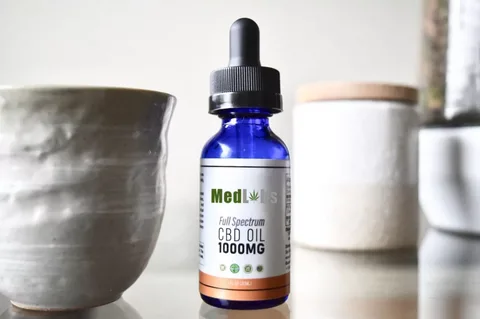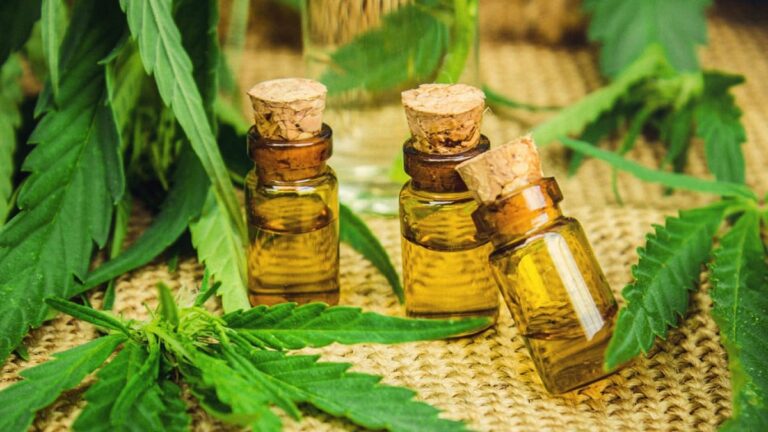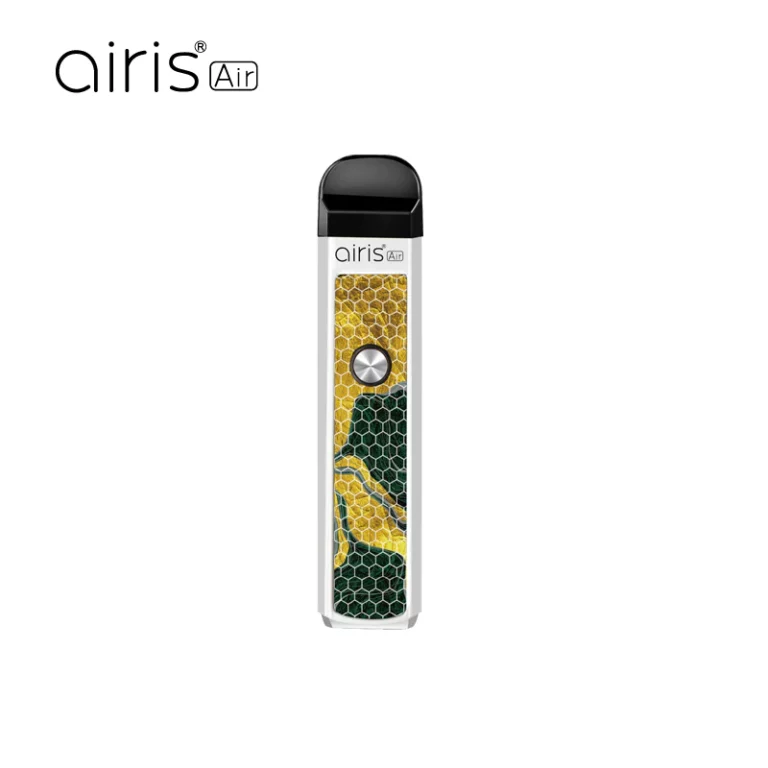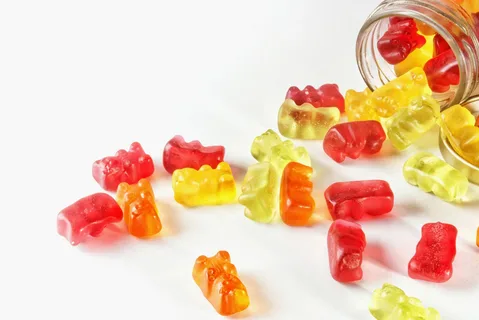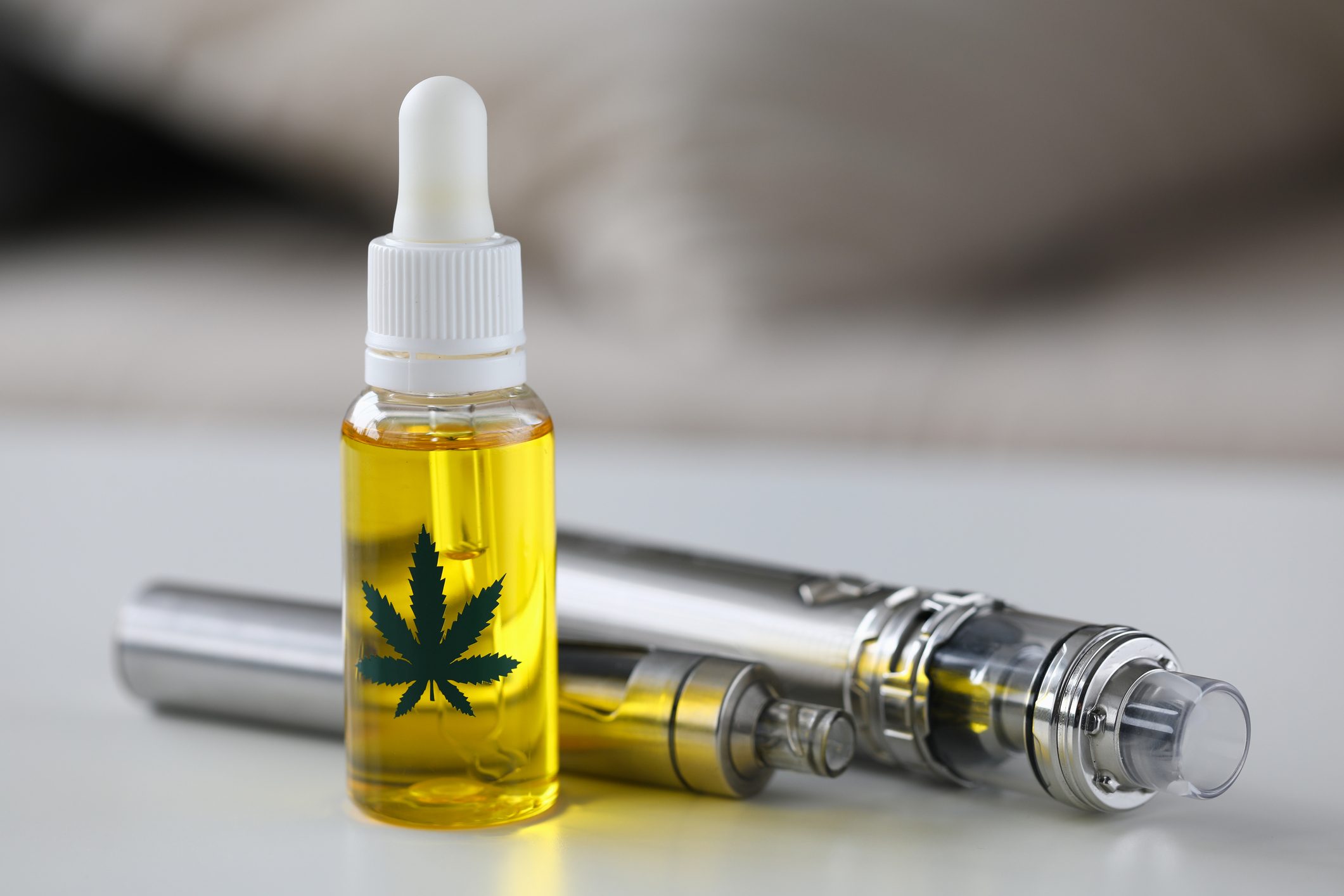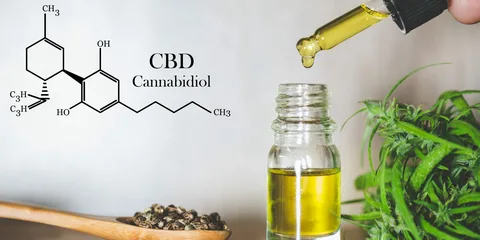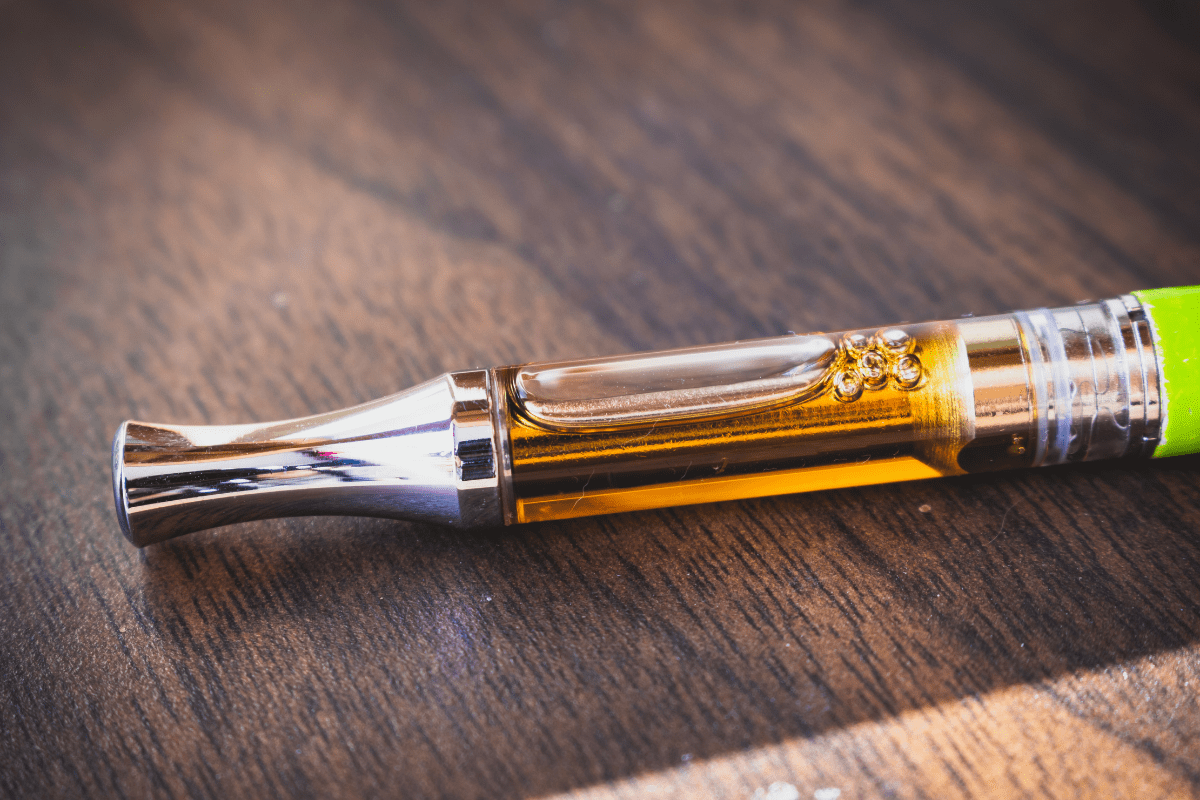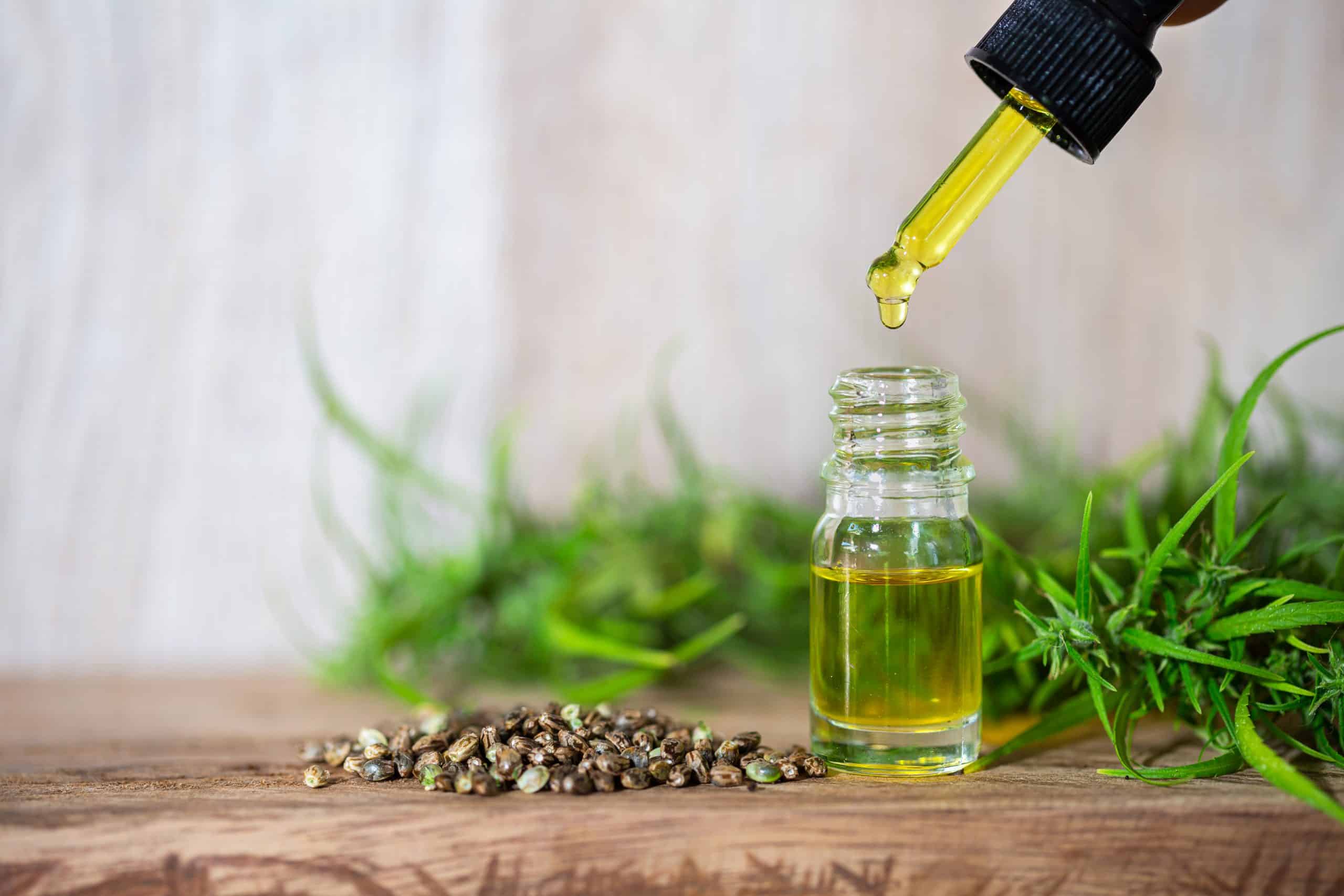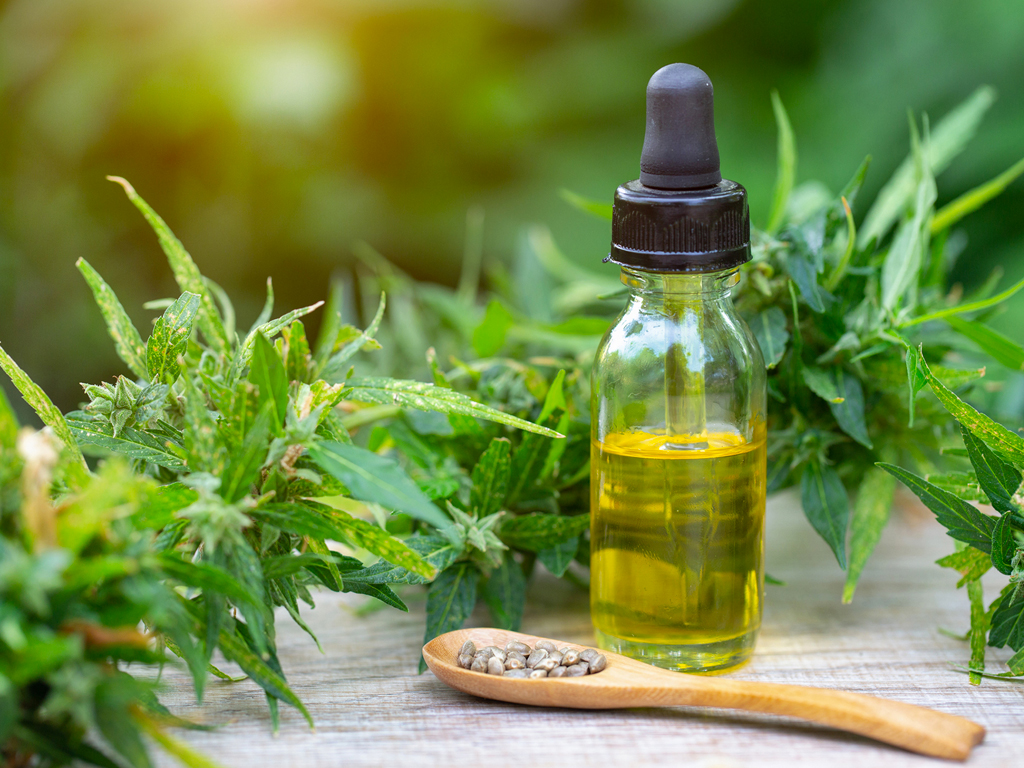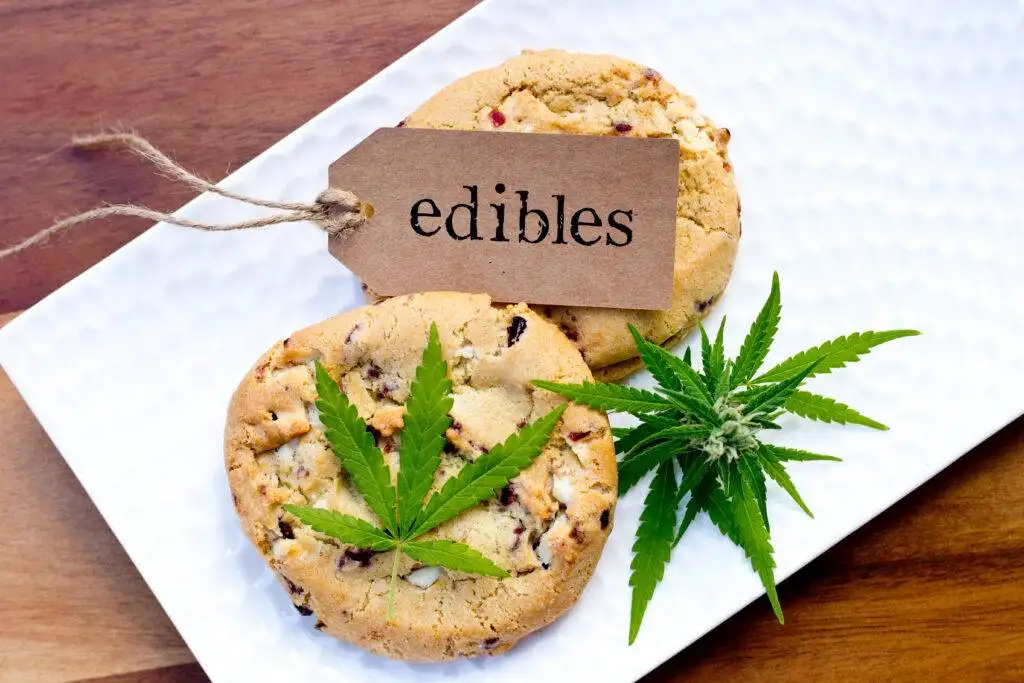You may have probably heard about the full-spectrum CBD or even used it in some products. Where does it get the name full-spectrum?
Jin et al. (2021) noted that full-spectrum is a substance that consists of all the natural extracts contained in the cannabis plant, like, Cannabidiol, Terpenes, and Flavonoids. Over 100 cannabidiols, including CBD and THC, have therapeutic and psychoactive effects. Tetrahydrocannabinol (THC) causes intoxicating effects so that the user will feel ‘high’ after consumption. The terpenes give the cannabis plant fragrance and also give therapeutic effects. Cannabis contains about 20 different flavors, just like fruits and vegetables, and has a therapeutic effect. To understand more, this article will outline what full-spectrum CBD is.
What is CBD Oil?
To understand full-spectrum CBD oil, you need to know what CBD is. According to Clarke et al. (2007), CBD (cannabinoid) is a compound that occurs naturally in the cannabis plant, often extracted from the hemp species of cannabis. The two most popular types of cannabinoids are cannabidiol (CBD) and Tetrahydrocannabinol (THC). THC is known for its psychoactive effect.
Is CBD Oil Legal?
You may be wondering if the use of CBD oil is legal. With its many health benefits, it was made legal through the 2018 Farm Bill, CBD oil was legalized, and it has since been used for various reasons as long as the hemp from which the CBD is extracted does not contain THC that surpasses 0.3%. CBD oil is legal, and many people in the US and various parts of the world embrace it.
Types of CBD
There are three major types of CBD; Full-spectrum CBD, which consists of all other cannabinoids including 0.3% THC; CBD isolate, which is another type of CBD and is the purest containing no compounds or impurities, with no distinctive taste or smell; and the Broad-spectrum CBD which has some compounds of CBD like terpenes, and flavonoids, in addition to other cannabinoids but does not have THC.
Full-spectrum CBD
It is one of the major types of CBD that are commonly known. Full-spectrum CBD products are considered more effective than products made from other types of CBD. This is because Full-spectrum consists of all other naturally existing compounds of cannabis, inclusive of THC, which is 0.3%.
Full-Spectrum Benefits
The Entourage Effect
All the cannabis plant compounds, including THC, in Full-spectrum, work together to make it more effective than other CBD types. All the compounds working together to produce effective results are called the entourage effect. Hernan Perez de la Ossa et al. (2013) stated that all these compounds work together to help suppress pain resulting from various illnesses. Examples of cannabidiols found in full-spectrum CBD that help reduce pain include, Cannabichromene, which acts as an anti-inflammatory, anti-depressant, anti-fungal, and has anti-cancer properties. There is also Cannabidivarin which has anti-convulsion, anti-inflammatory, and anti-nausea qualities. It is also helpful in reducing pain from HIV/AIDS and Chrohn’s. There is also Cannabigerol has anti-inflammatory, anti-tumor, and anti-fungal properties. It also has positive effects on Glaucoma, cancer, and skin disease. Atalay et al. (2019) noted that cannabinol is another example of a cannabis compound with anticonvulsant and anti-inflammatory properties and sedative effects. The greatest benefit of full-spectrum CBD Oil is the working together of the compounds. Full-spectrum CBD is also composed of proteins, essential fats, and vitamins. The vitamins found in abundance are A, B, C, AND E, together with fatty Acids and Amino Acids. Amino Acids increase the body’s ability to build proteins that aid in the quick recovery of an injury. Fatty Acids help to promote heart health.
Availability
Full-Spectrum CBD oil is widely available. You can easily find it them they come in gummies, edibles, and topicals applied on the skin, sublingual, capsules, and pills.
How to Use Full-spectrum CBD
Full-Spectrum CBD is incorporated into various products and how they are used depends on the type of product. They include:
Edibles
These refer to CBD products that are eaten or taken through the mouth. They include gummies, mints, and chocolates. Some are mixed and blended with beverages like coffee or tea.
Topicals
These include creams and lotions which are applied onto the skin. According to Solanki (2011), they reduce pain in joints and muscles and correct some skin diseases or conditions like acne, eczema, and fungal skin infections.
Sublinguals
These products are placed beneath the tongue and absorbed through the mucous membrane. However, not all CBD is absorbed. Some remain in the mouth, and you have to swallow. The CBD is absorbed through the digestive system. They include tinctures, sprays, and oils. Sublinguals are absorbed faster into the bloodstream. They are a good choice if you want to feel the quicker effects of CBD.
Capsules
They are tablets that contain CBD oil, often prescribed as a dosage by a physician. You may be familiar with different or any of the CBD-based products. However, if you are new to it or want to try it out, it is recommended to start with small intakes and gradually increase until you find the right level or amount that the body can tolerate.
Can it Get You High?
Full-Spectrum contains THC responsible for psychoactive effects but is only 0.3%. However, that amount is not enough to intoxicate you. CBD can reduce the side effects of THC while intensifying its therapeutic benefits.
Conclusion
The article has outlined what Full-spectrum CBD is, its source, and some of its best products. It differs from other types of CBD, that is, CBD isolate and Broad-Spectrum CBD. It consists of all other naturally occurring compounds of Cannabidiol that work together to give effective results. The entourage effect makes it possible to help reduce pain resulting from different ailments. Full-spectrum is also readily available, making it easy to be incorporated into CBD products. You benefit fully from the hemp plant with the Full-Spectrum CBD due to the compounds working together.
References
Atalay, S., Jarocka-Karpowicz, I., & Skrzydlewska, E. (2019). Antioxidative And Anti-Inflammatory Properties Of Cannabidiol. Antioxidants, 9(1), 21.
Clarke, R. C., & Watson, D. P. (2007). Cannabis And Natural Cannabis Medicines. In Marijuana And The Cannabinoids (Pp. 1-15). Humana Press.
Hernan Perez De La Ossa, D., Lorente, M., Gil-Alegre, M. E., Torres, S., Garcia-Taboada, E., Aberturas, M. D. R., … & Torres-Suarez, A. I. (2013). Local Delivery Of Cannabinoid-Loaded Microparticles Inhibits Tumor Growth In A Murine Xenograft Model Of Glioblastoma Multiforme. Plos One, 8(1), E54795.
Jin, D., Henry, P., Shan, J., & Chen, J. (2021). Identification Of Chemotypic Markers In Three Chemotype Categories Of Cannabis Using Secondary Metabolites Profiled In Inflorescences, Leaves, Stem Bark, And Roots. Frontiers In Plant Science, 12.
Solanki, R. (2011). Treatment Of Skin Diseases Through Medicinal Plants In Different Regions Of The World. Int J Biomed Res, 2(1), 73.
In today’s world, people’s eating and exercise patterns have changed, and it is often lifestyle that is the cause of many diet-related illnesses. I believe that each of us is unique – what works for one does not help another. What is more, it can even be harmful. I am interested in food psychology, which studies a person’s relationship with their body and food, explains our choices and desires for specific products, the difficulty of maintaining optimal body weight, as well as the influence of various internal and external factors on appetite.
- How many times should you hit a delta-8 pen? - October 25, 2022
- How many mg of delta-8 to get high? - October 25, 2022
- Delta 8 THC in minnesota: is it legal & where to buy in 2022? - October 25, 2022



